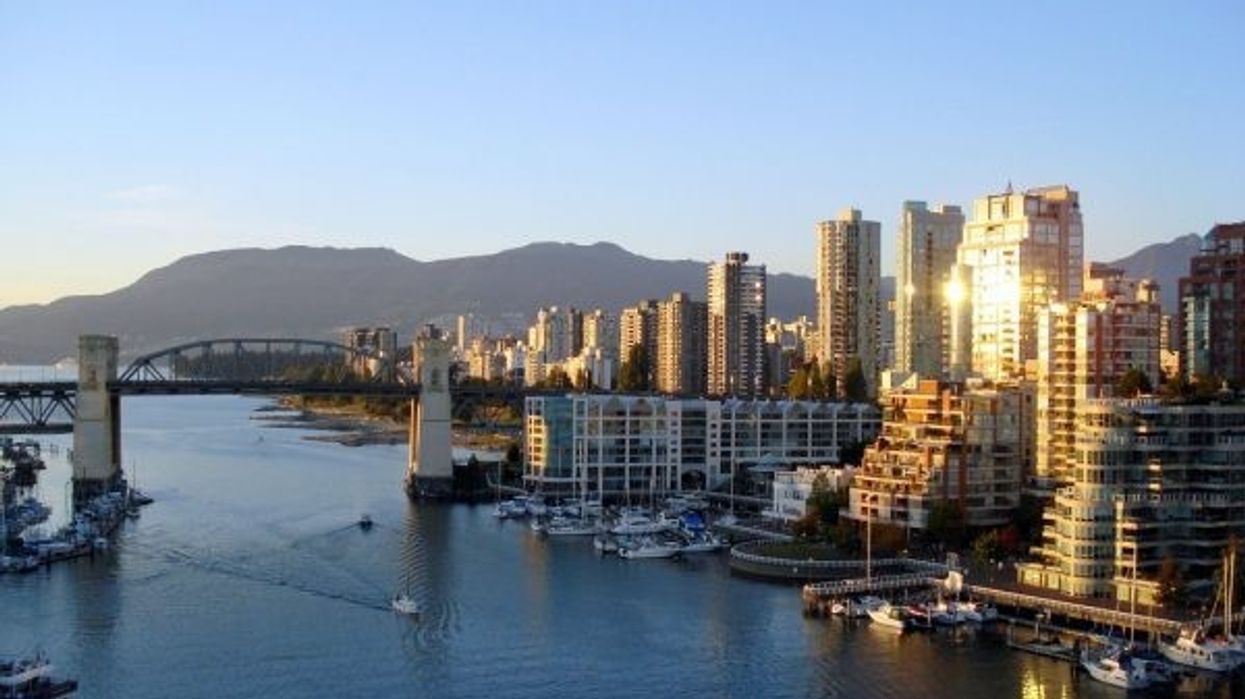Vancouver has a vacancy rate of 0.6% in its industrial sector, which is 1.2 million sq. ft out of a total 204 million, and with a shortage of facilities larger than 100,000 sq. ft available, the provincial economy risks taking a hit.
“How can a business sustain being in a location if they cannot find growth options, they will be forced look at other markets over time. It’s not that it’s a trend already, but some will go to Calgary and some will try to service this market out of other facilities they have in markets outside of Metro Vancouver,” Ilya Tihanenoks, Broker and Associate Vice President of CBRE Vancouver, said. “The BC economy benefits from local industrial activity but if that becomes paused due to a lack of growth opportunities, BC’s economy will be hurt in the long run as businesses chose other markets.”
According to Colliers’ Q3-2021 Vancouver Industrial Market Report, the city entered a fifth straight quarter of zero vacancy in the 100,000+ sq. ft category and a consecutive quarter of no availability for facilities larger than 50,000 sq. ft. As a result, demand for strata space, or industrial condos, has never been stronger.
“The first three quarters of 2021 saw a record-high average price per square foot for strata in the [Greater Vancouver Area] at $429 per square foot, an increase of 110% from the same period in 2016,” the report said. “The City of Vancouver also set a record-high average price per square foot for strata over the first three quarters of 2021 at $619 per square foot, an increase of 98% from the same period in 2016.”
READ: Frustrated Investors Set Sights on Vancouver’s White-Hot Industrial Sector
Inventory shortage aside, e-commerce companies are already contending with supply-chain disarray, and according to Josh Gaglardi, Principal of Orion Construction, a light industrial and commercial contractor, demand for warehouse and distribution space is going to become stronger through 2022. This perfect storm signals more headwinds could be around the corner.
Moreover, e-commerce firms have adopted “last mile,” or same-day, delivery in droves, which will make it harder for companies to leave the Vancouver core. But they might not have a choice, says Gaglardi.
“I feel that it's time for developers and builders of industrial space to more deeply consider communities outside of the Lower Mainland for industrial development and construction opportunities,” he said. “Communities like Kamloops, Kelowna, Victoria and Langford deserve more of our attention. Other areas within the Lower Mainland outside of Metro Vancouver are also ripe for more industrial development including Mission, Abbotsford, and Chilliwack. These cities are fast growing, and increasingly enjoying more diversified economies. Plus, the pandemic has caused a lot of people to consider leaving the big city for other communities around the province, so we're seeing lots of opportunities out there. We can never fully anticipate exactly where our economy and industrial demand is headed, but diversifying and spreading out BC's industrial inventory would be a step in the right direction.”





















